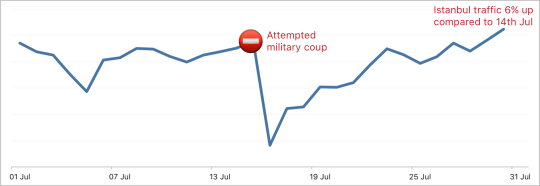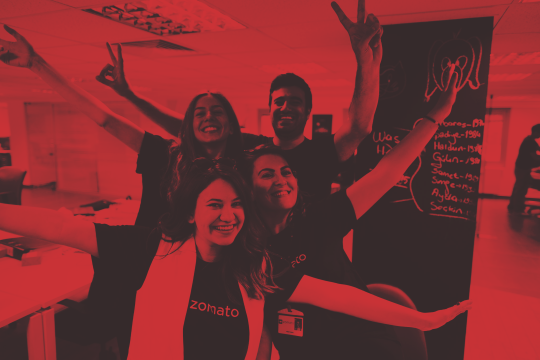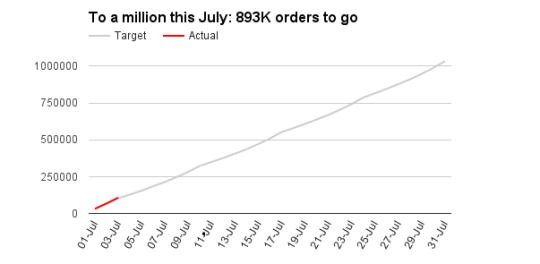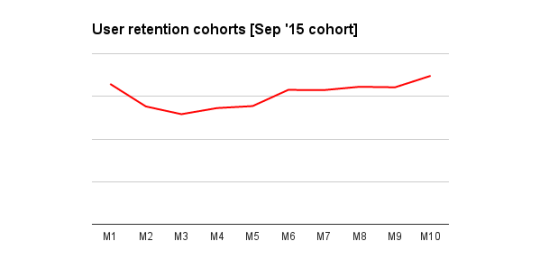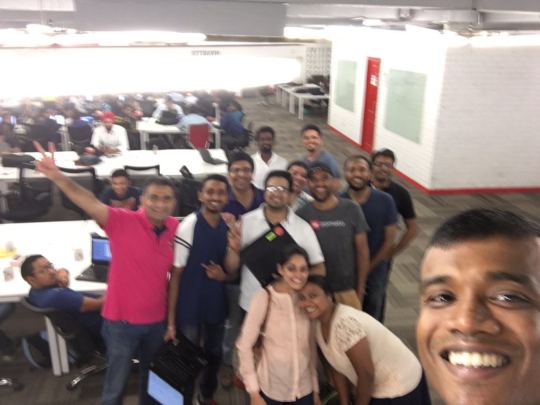There’s no particular process or set guidelines to refer to when you’re setting your restaurant’s menu up and deciding the price points. But the norm is to triple your food costs for a dish which would ideally cover the overheads and profit margins. Other ways restaurateurs go about would be to keep their prices slightly lower than competition’s, a rough guess without careful costing, and begin at a lower price point only to increase it every six to eight months. The risk that comes with these methods is that it has a direct impact on profits and if you haven’t already, your plan to break even in a short period of time. Pricing will also determine the kind of establishment you are perceived as by customers.
What you need to factor in:

There are no set rules to how you should be planning your menu and its pricing so it results in increased profits. However, three simple tricks should help.
Clutter free

Hundreds of dishes doesn’t necessarily translate to high order volumes. The idea of having so many dishes on one menu would be to cater to a wide variety of customers with varied tastes. But if you take a good look at customers’ ordering patterns, you can be sure to eliminate a number of dishes from your menu. There might be dishes in there that require seasonal produce and when you have to tell customers that you aren’t serving them at the time, it immediately puts them off and will definitely affect their ordering.
Describe to sell

Most restaurants today make it a point to have a description under the name of the dish with the price across it. Sure, it gives the diner an idea of what the dish is. But depending on how the dish is described, it can influence the diner’s decision of whether or not he’d order it. The description is how you’re going to sell the dish and the customer wouldn’t mind paying for it once they’re sold on it. This works particularly on expensive dishes. You know that crab dish won’t sell itself to a seafood lover who’s probably going to go safe with a fish or prawn dish.
Something special, perhaps?

Adding a specials menu or having dish of the day can create great value—both for you and the customer. As a restaurateur, you can take a low value ingredient or produce and turn it into a high value dish by adding it to the specials menu. Since it’s special, it’s not on the regular menu, which diners wouldn’t mind trying. The idea of it not being a regular dish, and that they won’t get to pick from the regular menu tomorrow or next week might influence their decision.
Keeping it safe

Look at any menu and you’ll see that a few dishes are cheap and a few, expensive. Then there are a few that walk the middle ground. What you want as a restaurateur, is for customers to order all kinds of dishes across price points. But what you need is more volume selling from the those in the middle ground. If you look at menu page with dishes ranging from the lowest value, to the more expensive ones. The expensive ones are an add-on for you, the cheap ones won’t move the needle but are necessary to have. The ones in the middle will keep you safe.
One plus one

If yours is a casual restaurant combining multiple dishes at one price will work great for you. A sandwich priced at Rs. 200 and a milkshake at Rs. 150 will see more orders as a combination of the two than separately, but at the price of Rs. 280. It’s value for money for the diner and more volume of dishes sold for you. For instance, many casual dining Chinese restaurants today have a range of combos to offer. It makes sense for a diner to order a combo of noodles, rice, and a couple of pieces of an appetizer, as opposed to three separate dishes. For single diners who prefer takeaways or home deliveries, this works best.
—









